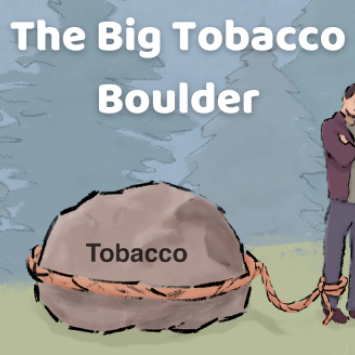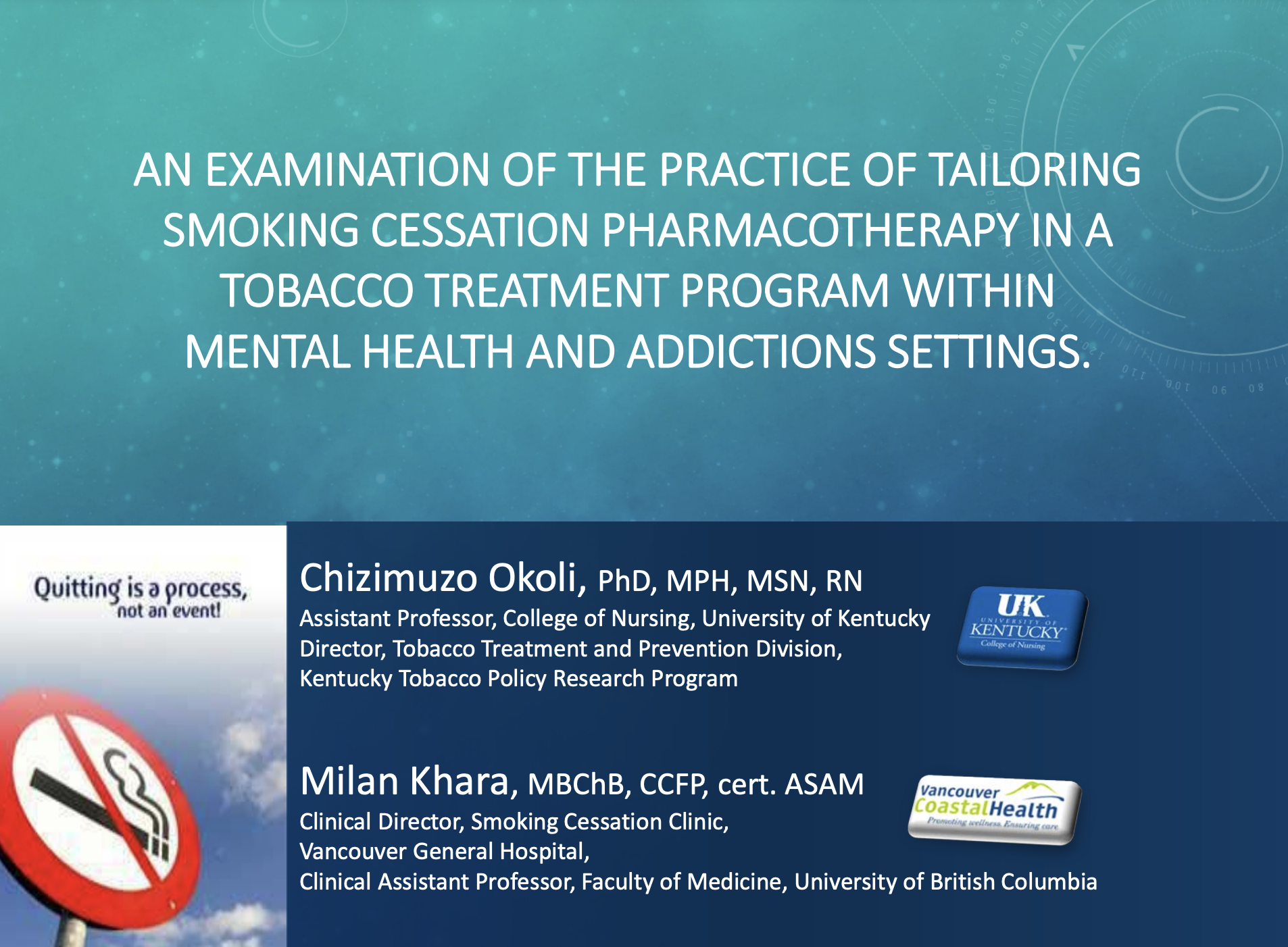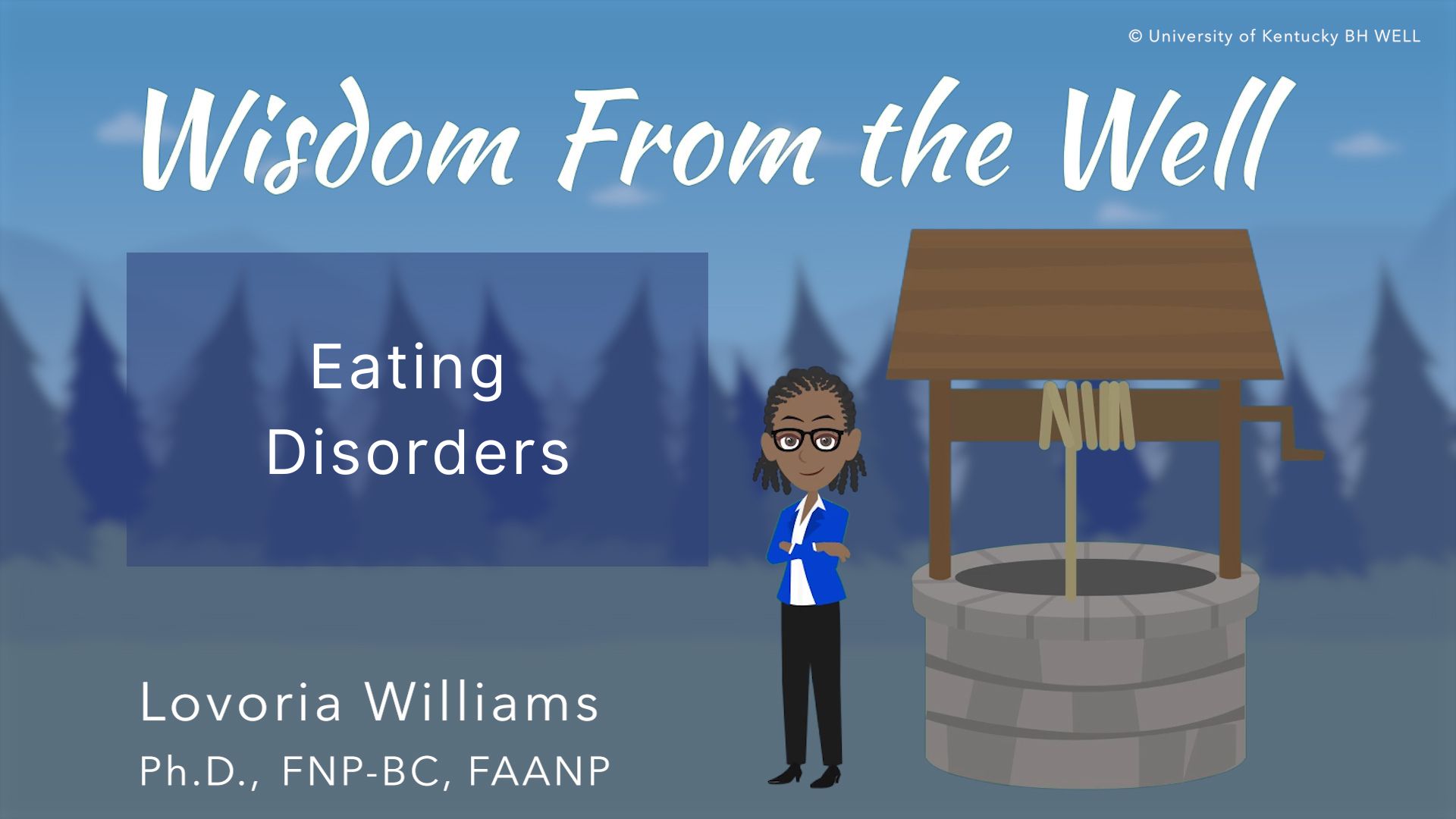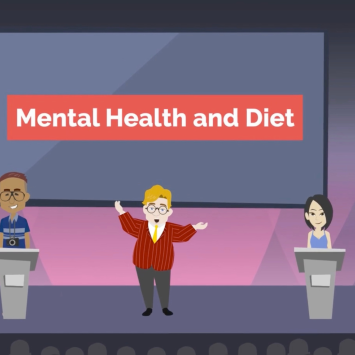Begdache, L., Chaar, M., Sabounchi, N., & Kianmehr, H. (2019). Assessment of dietary factors, dietary practices and exercise on mental distress in young adults versus matured adults: a cross-sectional study. Nutritional neuroscience, 22(7), 488-498.
Brookie, K. L., Best, G. I., & Conner, T. S. (2018). Intake of raw fruits and vegetables is associated with better mental health than intake of processed fruits and vegetables. Frontiers in psychology, 9, 487.
Camilleri M. (2009). Serotonin in the gastrointestinal tract. Current opinion in endocrinology, diabetes, and obesity, 16(1), 53–59. https://doi.org/10.1097/med.0b013e32831e9c8e
Jacka, F. N., O’Neil, A., Opie, R., Itsiopoulos, C., Cotton, S., Mohebbi, M., ... & Berk, M. (2017). A randomised controlled trial of dietary improvement for adults with major depression (the ‘SMILES’trial). BMC medicine, 15(1), 1-13.
Knüppel, A., Shipley, M. J., Llewellyn, C. H., & Brunner, E. J. (2017). Sugar intake from sweet food and beverages, common mental disorder and depression: prospective findings from the Whitehall II study. Scientific reports, 7(1), 1-10.
McManus, K. (2019) A practical guide to the Mediterranean diet. Harvard Health Blog.
Meegan, A. P., Perry, I. J., & Phillips, C. M. (2017). The association between dietary quality and dietary guideline adherence with mental health outcomes in adults: a cross-sectional analysis. Nutrients, 9(3), 238.
Psaltopoulou, T., Sergentanis, T. N., Panagiotakos, D. B., Sergentanis, I. N., Kosti, R., & Scarmeas, N. (2013). Mediterranean diet, stroke, cognitive impairment, and depression: a meta‐analysis. Annals of neurology, 74(4), 580-591.
Sánchez-Villegas, A., Henríquez-Sánchez, P., Ruiz-Canela, M., Lahortiga, F., Molero, P., Toledo, E., & Martínez-González, M. A. (2015). A longitudinal analysis of diet quality scores and the risk of incident depression in the SUN Project. BMC medicine, 13(1), 1-12.
Sánchez-Villegas, A., Toledo, E., De Irala, J., Ruiz-Canela, M., Pla-Vidal, J., & Martínez-González, M. A. (2012). Fast-food and commercial baked goods consumption and the risk of depression. Public health nutrition, 15(3), 424-432.
Williams, M. J., Klockars, A., Eriksson, A., Voisin, S., Dnyansagar, R., Wiemerslage, L., ... & Schiöth, H. B. (2016). The Drosophila ETV5 homologue Ets96B: molecular link between obesity and bipolar disorder. PLoS genetics, 12(6), e1006104.
Source: https://www.happify.com/hd/what-to-eat-for-optimal-mental-health-infographic/








